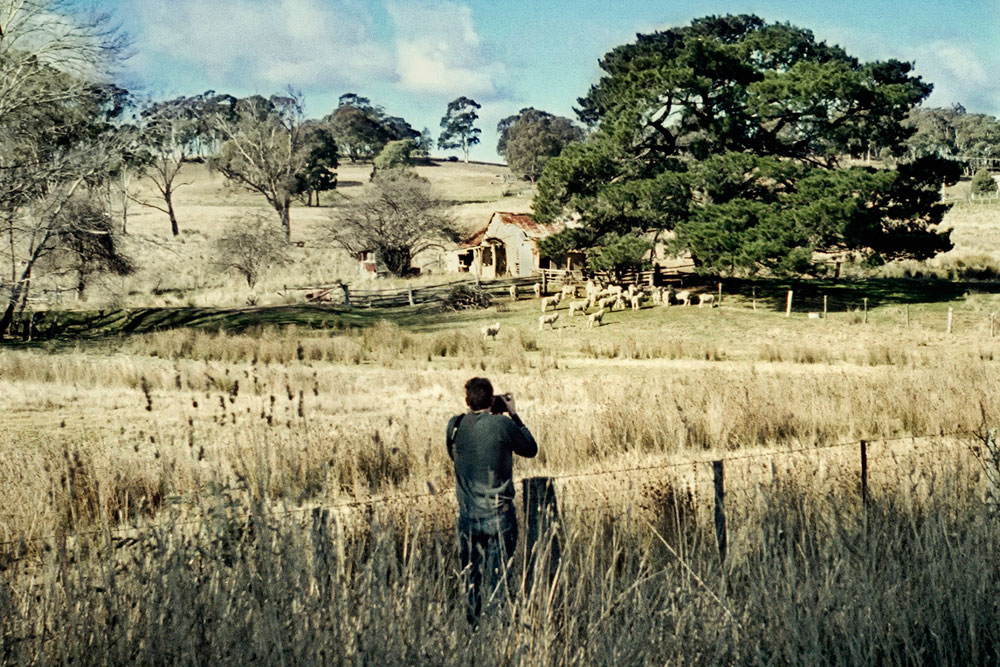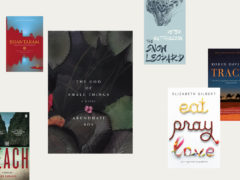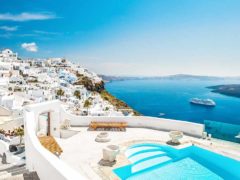8 top tips to taking travel images with George Fetting


Multi award-winning photographer George Fetting, in the midst of doing what he does best - taking travel photos.
Multi-award winning travel photographer, George Fetting, shares his most useful secrets to capturing impressive photos on your travels.
George Fetting knows a thing or two about taking cracking travel photos.
Having been awarded UK Travel Photographer of the Year, Capture Magazine’s Australian Travel Photographer of the Year (twice), plus a swag of other accolades, here the Sydney-based photographer reveals his essential photography secrets to capturing the best travel images.
1. Research before arrival
Although local knowledge is priceless, it’s wise to really do some homework before arriving at a destination.
Usually I’m on a tight deadline and don’t have the luxury of mooching around with unlimited time.
Knowing the lay of the land before you get there is a great help in working out what you plan to do photographically. I usually have some sort of shot list which I can work roughly to, and hopefully snag some nice images along the way.
Always be aware of things going on around you. You can anticipate a good picture if you think ahead.
2. Keep it lean
When I travel I usually take my standard roller bag (which fits into onboard overhead lockers) and a smaller shoulder bag to scale back the kit for unobtrusive street shooting.
Sometimes it’s a good idea to hide your stuff under a jacket to go really under the radar.
The more unobtrusive you are, the safer you’ll be and the better the images are that you can capture.
3. Not a tourist
It sounds a bit rich but if you want to go unnoticed, try not to look like a tourist on the big trip.
Don’t have the latest fancy camera gear hanging off you – less is more for street photography.
No massive bum bags and do not leave your lens cap on –you will definitely miss the shot.
4. Early morning and late afternoon
The angle of the sun can make or break an image.
Although I’m not an early morning person by nature, it’s a given if you want long shadows, contrast and plain, beautiful light.
That doesn’t mean hang the camera up in the middle of the day though – it’s amazing what you can stumble across out of hard sunshine, like in back alleys.
As part of your research, it also pays to find where the sun rises and sets before you set out with your camera.
5. Your own story
When travelling to a famous destination it’s nice to get the usual landmarks – we all have to tick it off.
The real challenge, however, is to try and discover a different point of view – literally.
This can be difficult in a city that’s been shot to death but not impossible by any means.
I find it more interesting looking at images of the grunge and detritus sometimes, than the polished landmarks.
In other words, get lost, burn some boot leather and watch the world go by in a nice little street café. If you are planning on doing the usual landmarks, look for interesting ways to frame the landmark such as through fences or trees.
Alternatively, look for reflections of icons in puddles or windows, or people doing interesting things around a landmark. Mix it up!
6. Shoot Raw and process in Lightroom
It’s absolutely essential to shoot in Raw mode and utilise all the fabulous information that this file holds. JPEG files just don’t cut it.
I process and edit in Lightroom and have numerous presets which enable consistent and outstanding results. Batch processing is the way to go and then Photoshop on individual images if they warrant work.
I tweak images to get away from the straight look which I find predictable and boring. You have to have a point of difference with your images.
7. Shoot aperture priority
It’s a personal thing but I’ve always shot aperture priority because I know how much depth of field I’m going to get or basically how much is going to be sharp in my frame.
I sometimes don’t want everything sharp to infinity so I shoot between F2.8 – F5.6 usually. The only time I’ve ever shot on shutter priority was in helicopters.
8. Shoot first ask questions later
If I’m on an overseas assignment, I don’t ask but just shoot it as I see it most of the time.
I like to be discreet and hopefully not seen. This doesn’t mean I haven’t approached people before but my style is usually candid.
A longer lens like 70-200 F2.8 is my favourite to use – you frame your subject nice and tight.
George Fetting’s latest travel images are now available for purchase on his recently launched website photoeditions.com.au.
For George’s portrait and other professional work, visit fetting.com.au.





Nice work, nice attitude, great tips thanks George.